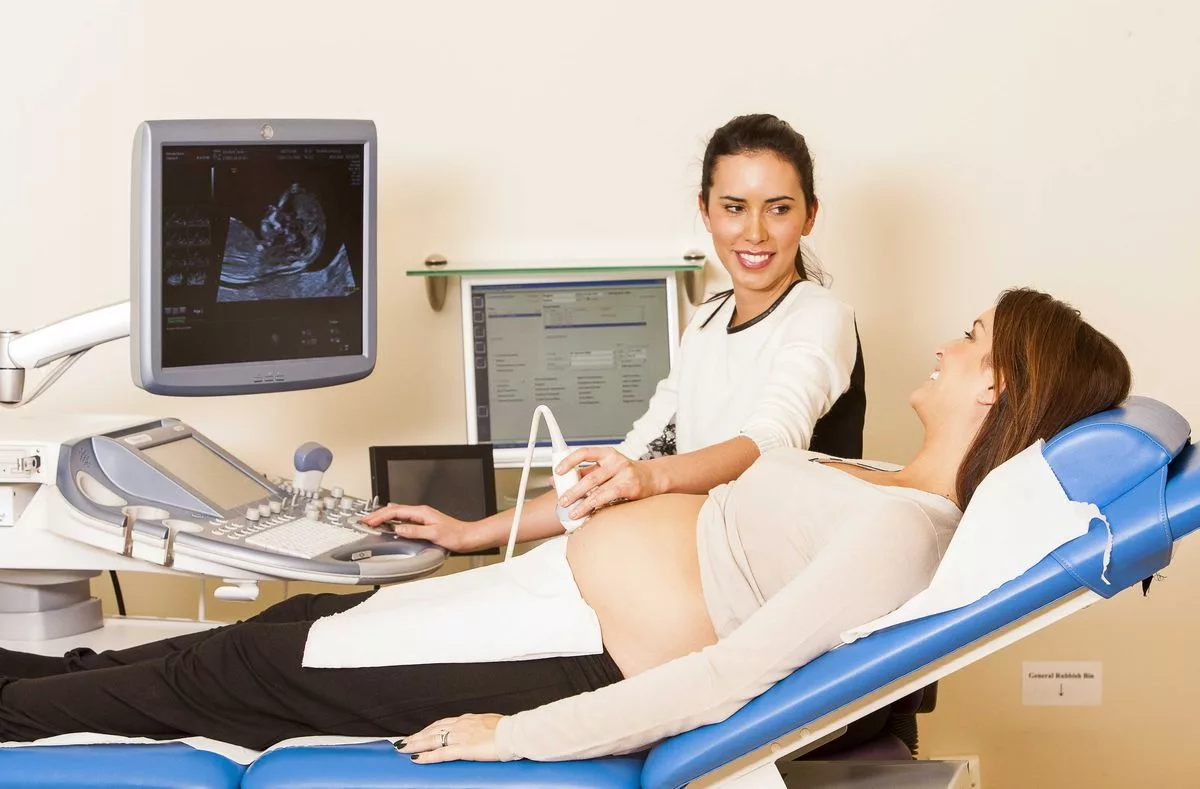Elevated renal pelvic pressure (RPP) during percutaneous nephrolithotomy (PCNL) heightens the risk of pyelovenous backflow and infections, while excessively low RPP can compromise visualization, increase venous bleeding, and elevate the risk of mucosal injury. Surgeons performing PCNL utilize various sheath configurations, irrigation strategies, and instrumentation techniques, all of which can influence RPP. This study aimed to evaluate and compare RPP during PCNL using a rigid nephroscope with different combinations of sheaths, irrigation methods, and instruments in a benchtop model. Three silicone kidney models, based on a patient’s CT scans, were used to establish renal access with a 30 Fr sheath placed in the upper, middle, or lower pole calyx. These models were positioned within a torso simulator to mimic the anatomical placement during prone PCNL. RPP was measured using an arterial line transducer connected to the working port of a flexible ureteroscope inserted into the ureter. Five trials were conducted for each comparison: (1) irrigation through a 26 Fr rigid nephroscope with versus without a metal sheath, (2) irrigation through the inflow versus outflow port with a metal sheath, and (3) the impact of adding instruments such as a two-prong grasper (2PG) and an ultrasonic lithotripter (UL) with or without suction. Statistical analysis using the Wilcoxon test revealed that removing the rigid nephroscope sheath significantly lowered RPP (14.7 vs. 19.1 mmHg, p=0.012). Irrigating through the inflow port also resulted in significantly lower RPP compared to the outflow port (19.1 vs. 32.7 mmHg, p<0.001) when the sheath was used. The addition of 2PG or UL did not significantly affect RPP, whereas using the UL with suction consistently reduced RPP across all scenarios (p<0.001). These findings suggest that maintaining low RPP during PCNL can be achieved by avoiding the metal sheath, using inflow port irrigation, and applying continuous suction. Conversely, in cases requiring enhanced visualization due to non-infectious stones and venous bleeding, RPP can be increased by irrigating through the outflow port, utilizing the metal sheath, and minimizing suction.
support@ehealthcommunity.org
Unlock Your Journey to Excellence in Healthcare!
Join our community of healthcare enthusiasts and gain access to cutting-edge courses, expert insights, and networking opportunities. Elevate your career – sign up now for a brighter, more informed tomorrow!
For Candidates
©2024 eHealth Community. All Rights Reserved. Developed By UMI Group LLC










